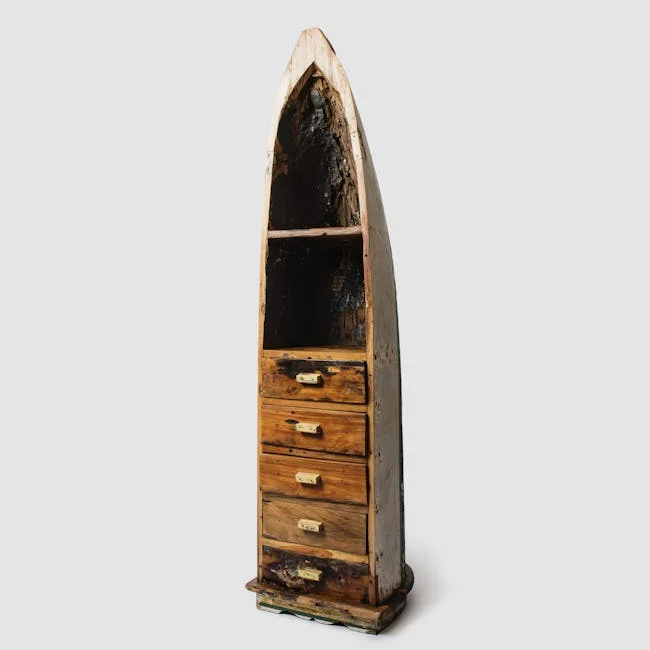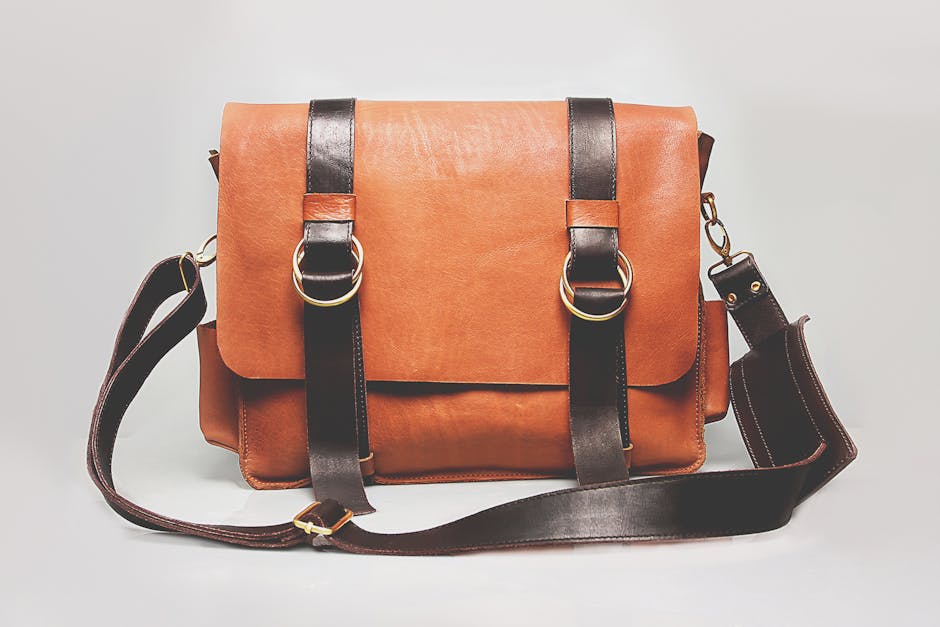Repurposing Furniture with Decoupage
Introduction
Transforming tired and outdated furniture into unique, eye-catching pieces is easier than you might think. Decoupage, the art of decorating objects with paper cutouts, is a fantastic way to breathe new life into old dressers, tables, chairs, and more. This affordable and creative technique allows you to personalize your furniture, adding a touch of your own style and personality to your home decor. In this guide, we’ll explore the world of furniture repurposing with decoupage, providing you with the knowledge and inspiration to get started on your own projects.
Decoupage Furniture: A Step-by-Step Guide
Materials You’ll Need
- Furniture Piece: Select a piece that’s structurally sound and has a smooth surface.
- Decoupage Paper: Options include scrapbook paper, wrapping paper, fabric, wallpaper samples, or even printed images. Consider a theme or style.
- Decoupage Medium: Mod Podge is a popular and readily available choice. Choose the right finish (matte, gloss, satin) for your desired look.
- Scissors or Craft Knife: For precise cutting of your chosen paper.
- Paint (Optional): To prepare the furniture surface or add accents.
- Paintbrushes: A variety of sizes for applying decoupage medium and paint.
- Sandpaper: To smooth the furniture surface before and after decoupage.
- Sealer (Optional): For extra protection and durability, especially on high-traffic pieces.
- Ruler or Measuring Tape: For accurate paper placement.
- Brayer or Roller: To smooth out paper and remove air bubbles.
Preparing Your Furniture
- Cleaning: Thoroughly clean the furniture piece with soap and water to remove any dirt, grease, or grime.
- Sanding: Lightly sand the surface to create a smooth base for better adhesion. Remove any existing loose paint or varnish.
- Priming (Optional): If the furniture has a dark finish or is very glossy, apply a primer to create a neutral base for your decoupage.
- Painting (Optional): Paint the furniture in your desired color. Let it dry completely before proceeding.
The Decoupage Process
- Paper Preparation: Cut out your chosen paper designs. Consider arranging them on the furniture before gluing to finalize your design.
- Applying the Decoupage Medium: Apply a thin, even layer of decoupage medium to the furniture surface where you will place the paper.
- Paper Placement: Carefully position the paper cutout onto the glue. Use a brayer or roller to smooth out any wrinkles or air bubbles, working from the center outwards.
- Sealing the Paper: Once the paper is in place, apply another thin layer of decoupage medium over the top of the paper, sealing it to the surface.
- Repeat: Repeat steps 2-4 for all of your paper cutouts, overlapping edges slightly if desired.
- Drying Time: Allow the decoupage medium to dry completely according to the manufacturer’s instructions. This may take several hours or even overnight.
- Sanding (Optional): Once dry, lightly sand the surface with fine-grit sandpaper to smooth out any rough edges or imperfections. Be careful not to sand through the paper.
- Sealing (Optional): Apply one or two coats of a clear sealer to protect the decoupage and make the furniture more durable. Allow each coat to dry completely before applying the next.
Decoupage Design Ideas
- Vintage Maps: Add a vintage touch to a dresser or side table.
- Floral Prints: Create a romantic and feminine look.
- Geometric Patterns: Modernize a plain piece with bold geometric designs.
- Sheet Music: Perfect for music lovers or to add a touch of elegance to a piano bench.
- Children’s Book Pages: Decorate a child’s desk or bookcase with their favorite characters.
- Fabric Scraps: Use fabric for a textured and unique look.
Troubleshooting Common Decoupage Issues
Bubbles and Wrinkles
Prevention is key! Use a brayer to smooth the paper as you apply it. If bubbles appear, gently poke them with a pin and smooth them out. If wrinkles are persistent, try lifting the paper and reapplying it with more decoupage medium.
Tearing Paper
Be gentle when handling the paper, especially when wet. Use a soft brush and avoid over-saturating the paper with decoupage medium. For delicate papers, consider applying a thin coat of the medium to both the paper and the furniture surface.
Uneven Finish
Apply thin, even coats of decoupage medium. Avoid pooling or thick spots. Sand lightly between coats for a smoother finish.
Conclusion
Repurposing furniture with decoupage is a rewarding and creative way to transform ordinary pieces into extraordinary works of art. By following these steps and experimenting with different materials and designs, you can create unique and personalized furniture that reflects your individual style. So gather your supplies, unleash your creativity, and start breathing new life into your old furniture today!














Post Comment